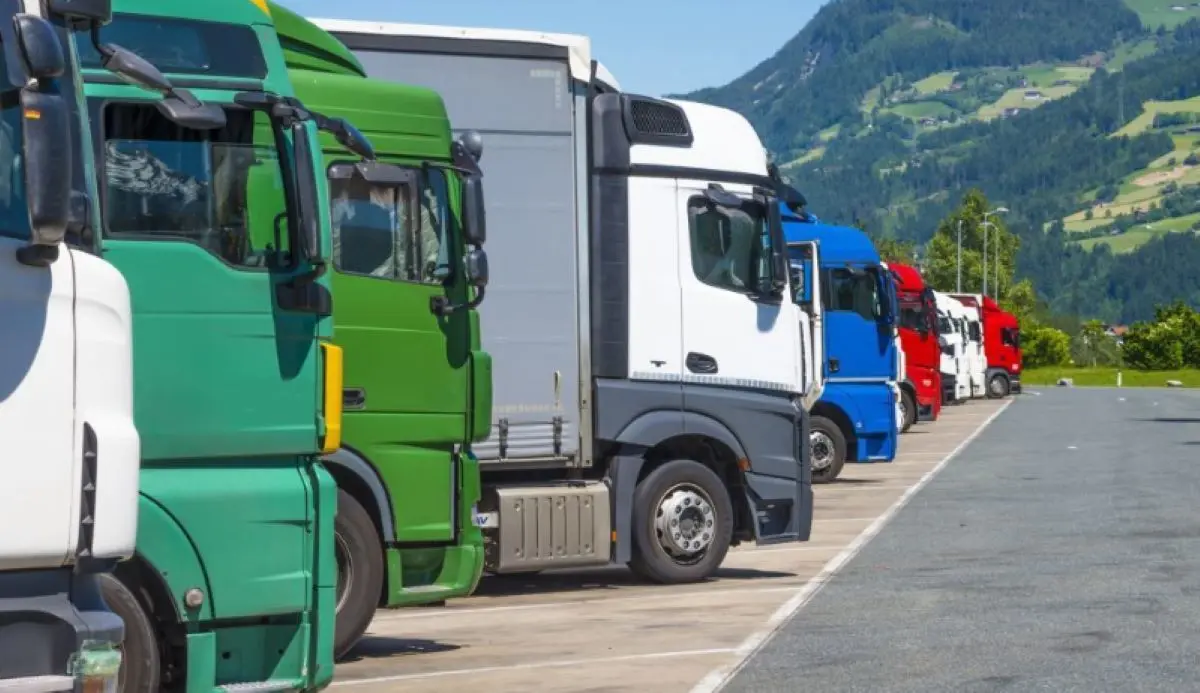Overview of Road Freight Transportation in Europe
The dynamics of road freight transportation in Europe are changing rapidly, influenced by economic, logistical, and environmental factors. This analysis provides insights into the current state of the sector, highlighting key challenges and trends.
Significance of Road Freight Transportation
Road freight is the most prevalent mode of land distribution in Europe, accounting for over 70% of total inland cargo volume. It’s an essential backbone for the European economy, facilitating the smooth integration of the single market and enhancing connectivity among urban, industrial, and rural areas.
The industry is currently navigating a tricky period, marked by ecological transitions, digital transformations, and a worrying shortage of drivers.
Wirtschaftliche Auswirkungen
Unter 2024, road freight generated more than 1.5% of the EU’s GDP and provided jobs for over 2 million individuals, many of whom are self-employed or work within micro-enterprises. This sector is critical for various industries, including food, automotive, e-commerce, and construction.
Activity Volume
Recent data from Eurostat for 2024 indicates:
- EU27: 13.5 billion ton-kilometers were moved by road.
- Leading nations in volume include Germany, Poland, Spain, and France.
- Poland holds the largest international fleet, contributing nearly 25% to cross-border freight transport in the EU.
Strengths of Road Transportation
Road freight boasts several advantages:
- Flexibilität: Offers door-to-door transport solutions.
- Geschwindigkeit: Particularly effective for short to medium distances compared to rail or waterways.
- Infrastruktur: A dense and interconnected network of roads exists throughout Western and Central Europe.
- Anpassungsfähigkeit: The rise of e-commerce has led to increased demand for express and partial deliveries.
Challenges Facing the Sector
Dependence on Fossil Fuels
Currently, an alarming 97% of the European fleet relies on diesel, leading to significant carbon dioxide emissions and other pollutants. Transitioning to electric trucks for long-haul operations is proving difficult.
Driver Shortage
As of 2024, the EU is facing a dire shortage of over 600,000 professional drivers. Factors contributing to this crisis include aging workforce demographics, insufficient generational turnover, challenging working conditions, and a lack of social recognition in the profession.
Competitive Disparities
Transport companies from Eastern Europe engage in competitive pricing, resulting in lower labor costs. This dynamic has raised concerns about social dumping and puts pressure on Western European carriers.
Verkehrsstauung
Major logistics corridors, particularly in regions such as Benelux, Germany, and Northern Italy, suffer from chronic congestion, causing delays in supply chains.
Regulatory Framework in Europe
Mobility Package (2020–2023)
This set of regulations introduced by the EU is aimed at ensuring fair competition and labor rights. Key aspects include:
- Monitoring cabotage and the status of drivers.
- Requiring trucks to return to their country of origin every 8 weeks.
- Imposing minimum rest and salary conditions, all aimed at curbing unfair practices and protecting mobile workers.
Euro 7 Emissions Regulation (2027)
More stringent limits on nitrogen oxides, carbon dioxide, and fine particles in trucks are set to expedite the development of cleaner vehicles.
Road Use and Emission Charges
The revised EU directive allows member states to implement proportional charges based on emissions and vehicle weight, enhancing the incentive for sustainable transport.
Greening and Technological Transition
Electrification and Alternative Fuels
The rise of electric vehicles, particularly for last-mile delivery, is gaining momentum. Initial efforts are underway to develop electric and hydrogen fuel trucks suitable for mid-distance transport, supported by state incentives and funds like the Connecting Europe Facility (CEF) and Next Generation EU.
Digitalization in Freight Management
Smart tachographs have been in use since August 2023, wodurch das Flottenmanagement durch künstliche Intelligenz erleichtert und die betriebliche Effizienz gesteigert wird. Beginnend in 2026, wird die elektronische Plattform für Frachttransportinformationen (eFTI) obligatorisch.
Aufkommende Trends im Straßengüterverkehr
| Trend | Implikationen |
|---|---|
| Digitale Logistikplattformen | Steigerung der Effizienz, birgt aber das Risiko der „Uberisierung“ in diesem Sektor. |
| Autonome Lkw (Level 4) | Befindet sich derzeit in der Testphase in Schweden, Deutschland und Spanien. |
| Städtische Umweltzonen | Auferlegung von Beschränkungen für ältere Fahrzeuge. |
| Intermodaler Transport (Straße-Schiene) | Unterstützung für "Truck-Train"-Modelle für lange Strecken. |
Schlussfolgerung
Während der Straßengüterverkehr kurzfristig unverzichtbar bleibt, befindet er sich inmitten eines tiefgreifenden Wandels. Seine Nachhaltigkeit hängt ab von:
- Die Einführung sauberer und digitaler Technologien.
- Verbesserung der Arbeitsbedingungen, um neue Fahrer zu gewinnen.
- Regulierungsrahmen, die fairen Wettbewerb und rechtliche Stabilität fördern.
Letztendlich wird die Synergie mit anderen Verkehrsträgern wie Schiene und Binnenschifffahrt entscheidend sein, um ein effizienteres und umweltfreundlicheres Logistiksystem in ganz Europa zu entwickeln.
Entdecker dieser sich entwickelnden Landschaft sind eingeladen, Dienste wie GetTransport.com zu nutzen, das die Logistik vereinfacht, indem es weltweit erschwingliche und vielseitige Gütertransportlösungen anbietet. Ob Sie nun Ihr Zuhause verlegen oder Lieferungen verwalten, die Plattform deckt verschiedene Bedürfnisse ab und macht die Logistik unkompliziert und effizient. Mit GetTransport.com können Benutzer zuverlässige und bequeme Optionen nutzen, um unterschiedliche Transportanforderungen zu erfüllen. Buchen Sie noch heute Ihren Gütertransport mit GetTransport.com!

 Das Verständnis des aktuellen Stands des Güterkraftverkehrs in Europa">
Das Verständnis des aktuellen Stands des Güterkraftverkehrs in Europa">